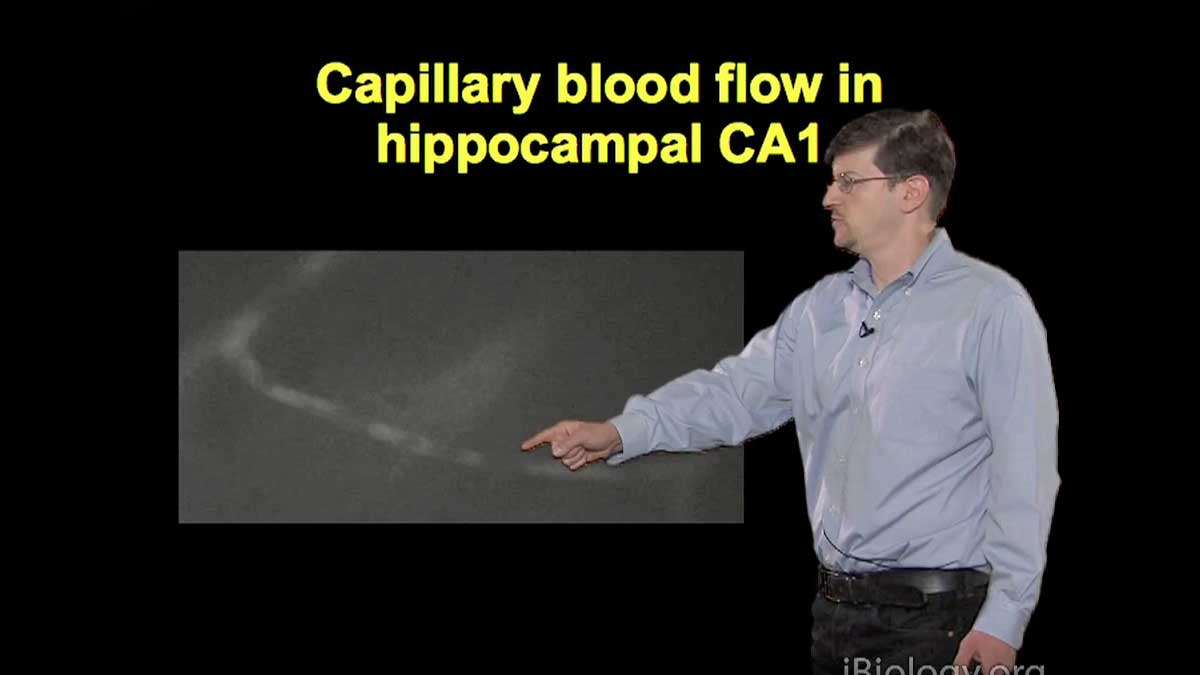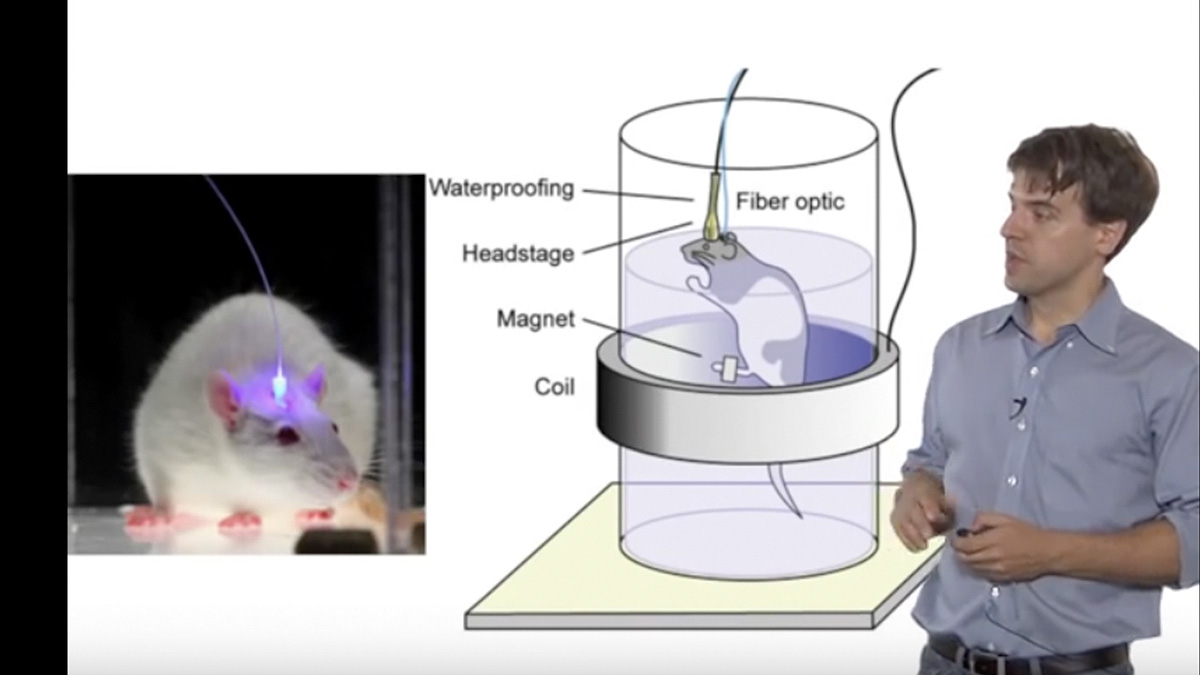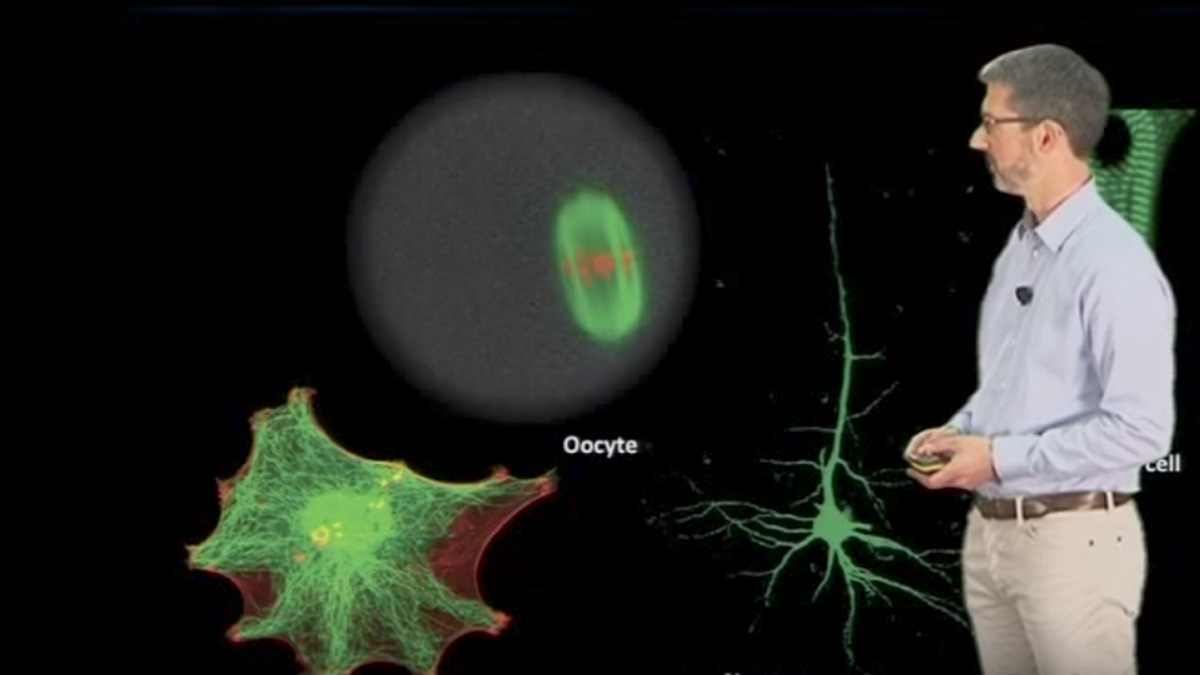Talk Overview
Array tomography was developed in the Smith laboratory for neuroscience research. In this lecture, Smith talks mainly about the fluorescent microscopy forms of array tomography.
Questions
- In array tomography, the embedding step is modified compared to electron microscopy. Explain how.
- In array tomography, the sectioning step is key to the success of the technique. What is the product of the sectioning step?
- Comparing confocal microscopy to array tomography, which of the following statement(s) is true (select all that apply)?
- Confocal microscopy provides better isotropic resolution than array tomography
- Array tomography has uniform resolution regardless of the depth of the specimen
- Confocal microscopy provides better resolution on the z axis
- Confocal microscopy can be used to image live samples, whereas array tomography cannot
- None of the above
- Imagine you are planning an experiment involving imaging of the mouse cortex using in array tomography. Because you do not have access to an ultramicrotome, you are considering using a regular microtome, which would result in much thicker sections than an ultramicrotome. Using thicker sections in array tomography may… (select true statements):
- Impair the diffusion of antibodies inside the tissue
- Reduce background signal
- Decrease spherical distortions
- Result in lower isotropic resolution
- None of the above
Answers
View AnswersSpeaker Bio
Stephen Smith

Dr. Smith is a Professor at Stanford University School of Medicine where his lab pioneers new methods to map connections in the brain. Smith and his co-workers developed array tomography, a high throughput imaging method that allows visualization of the molecular architecture of the brain. Continue Reading









Leave a Reply